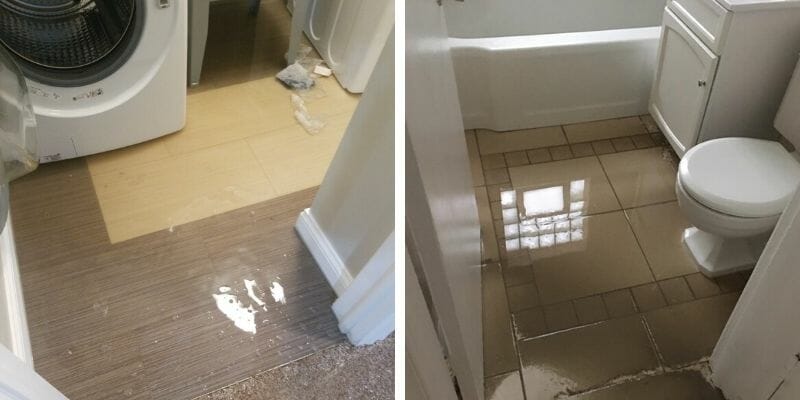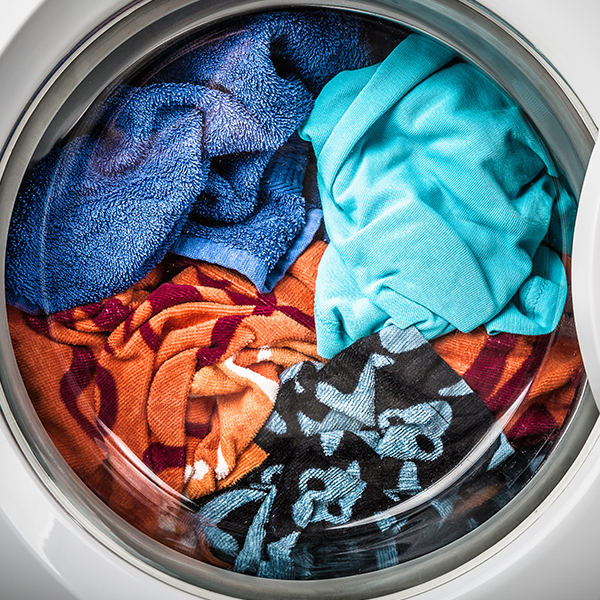Managing Urgent Overflows Due To Your Washing Machine: Essential Guidelines
Managing Urgent Overflows Due To Your Washing Machine: Essential Guidelines
Blog Article
What are your ideas regarding The Best Tips for Cleaning Up After A Washing Machine ?

How you hand those priceless minutes after your cleaning machine leakages and also floods can influence how quick your building gets recovered. Knowing what you should do and also who to call can save you from considerable damages. It will also help aid you in applying for house owners insurance policy protection. Have a look at these leading tips below:.
Washing Device Overflows As Well As Floods.
Turn Off the Power.
Turn of the breaker where the washing equipment is. It is important to make sure the washer is off. Water is a conductor, and also doing this action assures no one struggles with electrocution. Besides, you need to not use your washer until a professional repairman has inspected it.
Switch Off Water Supply.
You have to switch off the water system of the device. Whether it overflows for unidentified reasons, breaks down in the lower pipes, or ruptures the major hose pipe, you will be managing incredible amounts of water. If the neighborhood supply line to the washer does not shut it off, you need to switch off the main water shutoff outside your home.
Call the Pros.
If you presume the problem is with your water line, you need to call a certified plumber. However, if you are unsure, call a washing machine repairman for a quick evaluation. He or she can inform you ideal what the problem is. Maybe a problem with the device itself or the pipes connecting to the machine.
Document the Damages.
Prior to cleaning up this emergency flooding situation, you have to record whatever. Bear in mind, photos, and video clips. It would certainly be best if you had all of this as proof to sustain your insurance coverage claims. Then you can call your homeowner's insurance supplier to examine what other requirements they require to process your request.
Secure the Standing Water.
As you wait for the plumber or repair work technician ahead, you have to handle the flooding. If your washer remains in the cellar with extensive flooding, you need a submersible pump to get the water. You can rent or borrow this. However, if it takes place in the middle of the night, the old bucket approach will additionally function. Use numerous pails to by hand discard out the water. It would be best if you did this as soon as possible, as the longer the water stays, the more considerable the damages.
Dry the Area as Long As Feasible.
After getting the standing water, obtain mops or old towels to draw out as much water from the flooring or rug. Keep the home windows open up to circulate the air. You may likewise make use of electrical followers to speed up the drying process. Remember, water will cause mold and also mold and mildew growth which is harmful to your health. If you really feel that the scenario is too much to handle, you can additionally look for water removal solutions from a reconstruction company. Your insurance policy claim can additionally help pay for this service, so simply ask.
Bear in mind, a broken washer with dripping pipelines will lead to devastating damage as a result of the massive quantities of water it can offload. Hence, it would aid to have your equipment and also water lines inspected yearly. You can look for assistance from a trustworthy plumber to change your supply line tubes. Doing inspections prevents stressful malfunctions and expensive breakdowns.
MY WASHING MACHINE FLOODED THE HOUSE! WHAT SHOULD I DO?
STOP THE WATER
First things first, turn off the water. You ll want to stop the flooding at its source, which is the washing machine s water supply. Once you ensure the water is turned off, unplug your washing machine.
If there is standing water around the electrical plug, you may want to take an extra precautionary step and turn off the power before unplugging your washer to prevent electrical shock.
CLEAN UP WHAT YOU CAN
Next, you ll want to clean up as much water as you can. Depending on how much your washer flooded this may take a lot of towels, but it is very important in ensuring you don t have lasting washing machine water damage. For a large amount of water, using a wet vacuum and large fans for drying will be most effective.
EMPTY THE MACHINE
Once you ve cleaned up the majority of the water from the overflow, you ll want to remove any items from your washer, along with any leftover water that is still in your machine. This will give a you or a repairman the ability to analyze your machine and determine the cause of the washing machine overflow.
CALL IN THE EXPERTS
Depending on how washing machine-savvy you are, you may be able to determine the cause of the overflow yourself maybe you notice a faulty hose, like we discussed earlier. But if you aren t able to determine why your washing machine flooded, you ll want to get someone in there who can.
FIX ANY WATER DAMAGE
Effects of water damage after a washing machine flood may include damage to surrounding areas, such as your floors, walls, or other close-by machines. And while visual damages might be the most noticeable, you ll want to pay attention to smell as well. A wet-dog type of smell is normal at first and can usually be remedied by opening nearby windows to air-out the area.
However, if the smell lingers for more than three days, that s an indication there is still water somewhere. Even after thoroughly drying the impacted area, water may be hiding in your floors or in the sheetrock in your walls, which can indicate mold. Call in a mold remediation professional to inspect your property for hidden moisture.
WHAT CAUSES WASHING MACHINES TO FLOOD?
Too much laundry soap. When it comes to how much soap you use, be sure to not exceed the recommended amount. Using too much soap can cause build up and clog your washing machine leading to overflow. Too many clothes. If you overload your washer with too many clothes, you may notice your washing machine becoming unbalanced and making awful noises, like a spaceship getting ready to take off. This is an indication that your washer is out of alignment which can lead to a flood. Too weak or old of a hose or other faulty washing machine parts. Washing machines rely on hoses to transport water to and from the washing machine. If one of the hoses becomes weak, faulty, or develops a crack, say hello to a flood. You ll want to ensure your hoses are in good shape and properly connected so no water can leak out. It s also important to check the washing machine draining mechanisms, as well as the door latches and seals. Making sure everything is in tip-top shape and proper working order will help keep your washer from flooding. https://www.servicemasterbyzaba.com/blog/washing-machine-flooded/

Do you appreciate more info about The Best Tips for Cleaning Up After A Washing Machine ? Post a comment below. We'd be pleased to find out your opinion about this blog post. In hopes to see you back again in the near future. Sharing is nice. You never know, you may be doing someone a favor. I thank you for reading our article about Washing Machine Flooding .
Visit My Site
Report this page